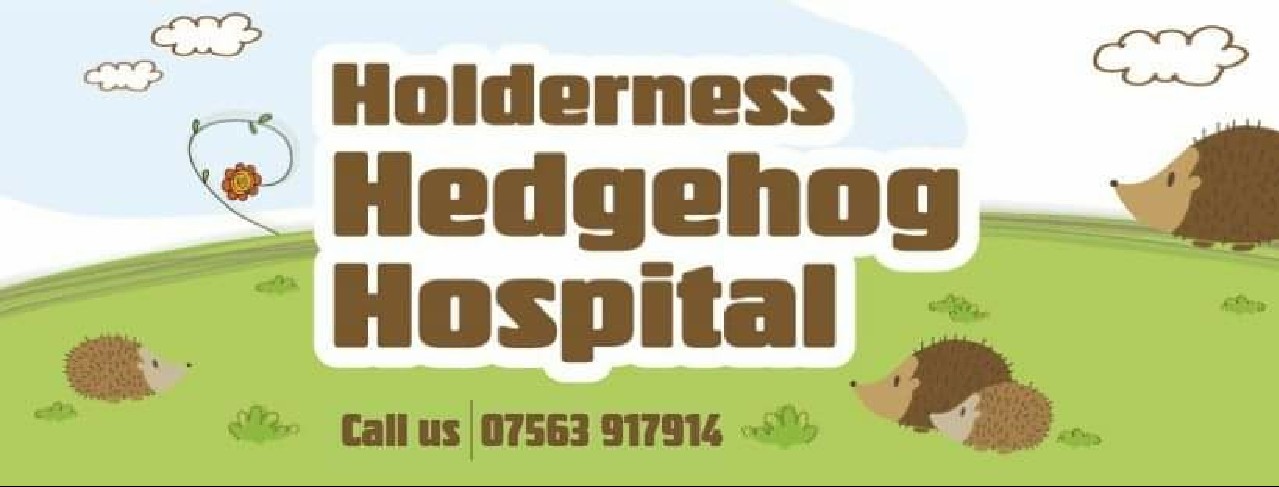UK Registered Charity Number 1178929

UK Registered Charity Number 1178929
|
Our mission - Rescue, rehabilitate and release sick, injured or orphaned hedgehogs in Hull and the East Riding of Yorkshire.
The UK has seen a rapid decline in hedgehogs with
numbers falling by about half since the turn of the century which means
hedgehog numbers are likely to stand at under a million.
We have 3 assessors who triage and administer lifesaving first aid to hedgehogs that come into the rescue, plus a large group of amazing volunteers. Our educational talks are very important to us. We have spoken to groups such as schools, scouts, WI and wildlife groups. These allow us to engage with the public and get them involved in trying to save our prickly friends. If you would like us to visit your organisation, then please contact us. Consistent fundraising is important to ensure every hedgehog which comes through the rescue has the best opportunity in life. HHH is self-funded and we usually host events such as craft fairs, take part in car boots, have regular raffles, have food donation bins in supermarkets and ask local business for support.
|
|
This page was last updated on 03-May-2024 12:31:08. This website does NOT use Cookies |